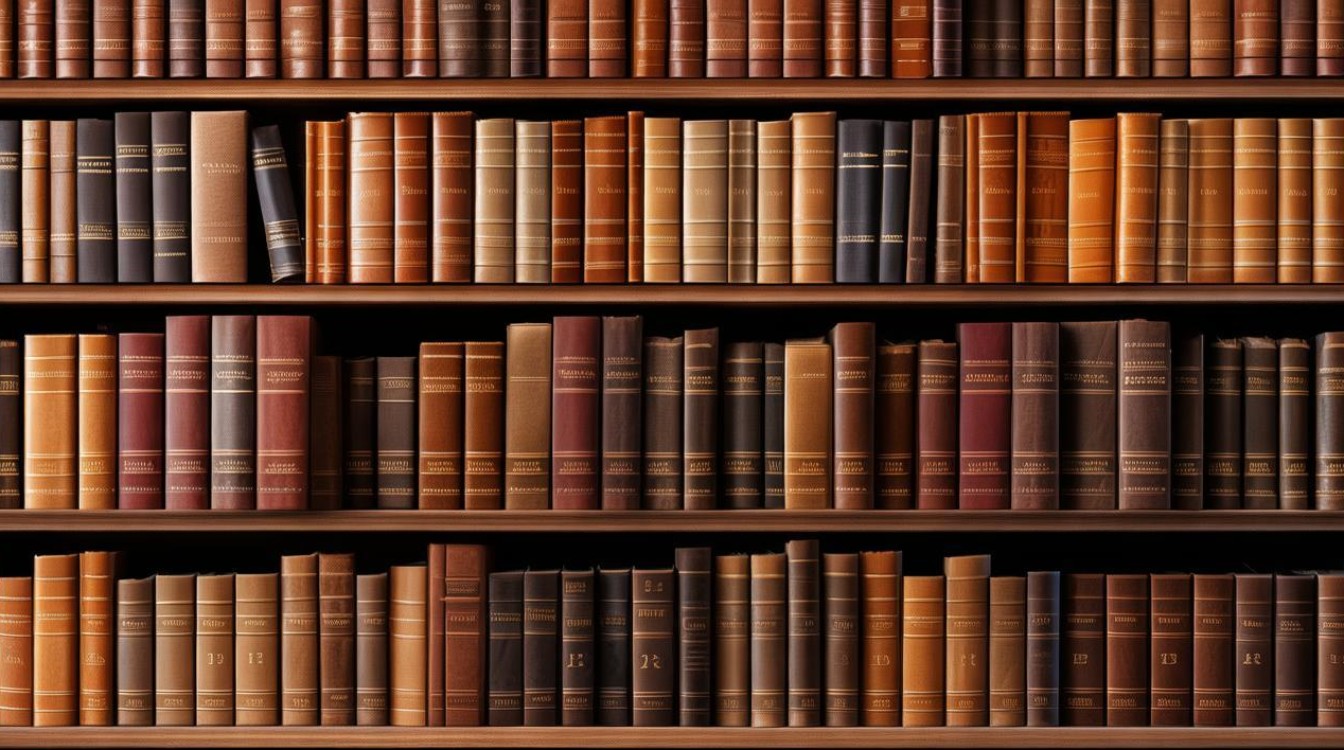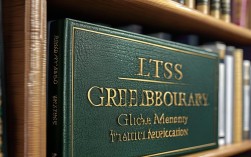Brown is a versatile and earthy color, evoking warmth, stability, and nature. Whether describing fashion, design, or natural landscapes, English offers a diverse range of words to capture every shade and nuance of brown. Below is a comprehensive list of brown-related terms, along with their meanings and usage.

Common Shades of Brown
- Brown – The standard term for the color, ranging from light tan to deep chocolate.
- Beige – A pale, neutral brown with gray or yellow undertones.
- Tan – A light brown shade resembling sun-kissed skin or leather.
- Khaki – A dull yellowish-brown, often associated with military uniforms.
- Taupe – A grayish-brown, sometimes with purple undertones.
- Chestnut – A rich, reddish-brown, like the nut of the same name.
- Hazel – A golden or greenish-brown, often used to describe eye color.
- Umber – A natural pigment ranging from medium to dark brown.
- Sienna – A reddish-brown earth pigment, named after the Italian city.
- Russet – A deep, reddish-brown, often linked to autumn leaves.
Darker and Richer Browns
- Chocolate – A deep, warm brown resembling cocoa.
- Coffee – A medium to dark brown, inspired by brewed coffee.
- Mahogany – A reddish-brown, often associated with fine wood.
- Walnut – A medium brown with subtle gray undertones.
- Espresso – An almost-black brown, like strong coffee.
- Brunette – Used to describe dark brown hair.
- Sepia – A reddish-brown tone, historically used in photography.
- Cocoa – A warm, medium brown, similar to powdered chocolate.
- Mocha – A blend of brown and gray, named after coffee with milk.
- Tawny – A light brown with orange or golden hues.
Natural and Earthy Browns
- Ochre – A natural earth pigment ranging from yellow to deep brown.
- Cinnamon – A warm, reddish-brown, like the spice.
- Caramel – A golden-brown, sweet and rich in tone.
- Amber – A golden-brown, sometimes with a translucent quality.
- Copper – A metallic reddish-brown, like the metal.
- Fawn – A light yellowish-brown, often used for animal fur.
- Buff – A pale yellow-brown, resembling undyed leather.
- Cork – A muted, medium brown, like the material.
- Ginger – A bright, reddish-brown, similar to the root.
- Nutmeg – A warm, medium brown with slight red undertones.
Unique and Less Common Terms
- Puce – A dark red-brown, sometimes with purple tones.
- Fallow – A pale brown, often describing untilled land.
- Sorrel – A light reddish-brown, used for horse coats.
- Henna – A reddish-brown dye color.
- Burnt Sienna – A deeper, more intense version of sienna.
- Burnt Umber – A darker, warmer shade of umber.
- Cordovan – A rich, dark reddish-brown, named after Spanish leather.
- Bistre – A sooty brown, historically used in ink.
- Drab – A dull, light brown, often with greenish undertones.
- Ecru – A light beige-brown, resembling unbleached linen.
Brown in Fashion and Design
Brown is a staple in interior design, fashion, and branding. Neutral tones like beige and taupe create calming spaces, while deeper shades like espresso and mahogany add sophistication. In fashion, camel coats and chocolate leather accessories remain timeless. Understanding these terms helps in making precise color choices.
Cultural and Symbolic Meanings
Brown symbolizes reliability, warmth, and simplicity. It’s linked to the earth, wood, and autumn. Different shades carry unique associations—chestnut feels rustic, while mocha feels modern. In branding, brown conveys organic, artisanal, or rugged qualities.

Practical Applications
When describing products, landscapes, or artworks, precise brown vocabulary enhances clarity. Instead of saying "dark brown," terms like "espresso" or "mahogany" provide vivid imagery. Writers, designers, and marketers benefit from this expanded lexicon.
Brown’s versatility makes it essential in language and aesthetics. Whether choosing paint colors, describing nature, or crafting a narrative, these words offer depth and precision. The next time you encounter brown in any form, you’ll have the perfect term to capture its essence.



